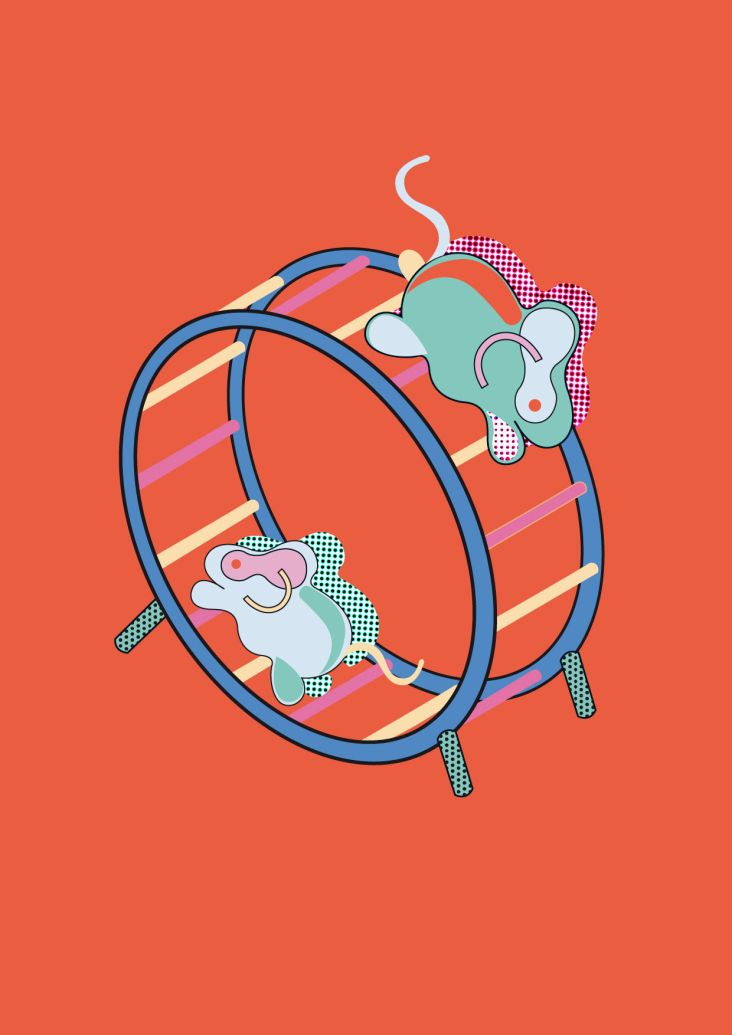Michael Johnson’s tips on getting a client to agree with your design
Michael Johnson’s new book, Now Try Something Weirder: How to Keep Having Great Ideas and Survive in the Creative Business, is out later this month.
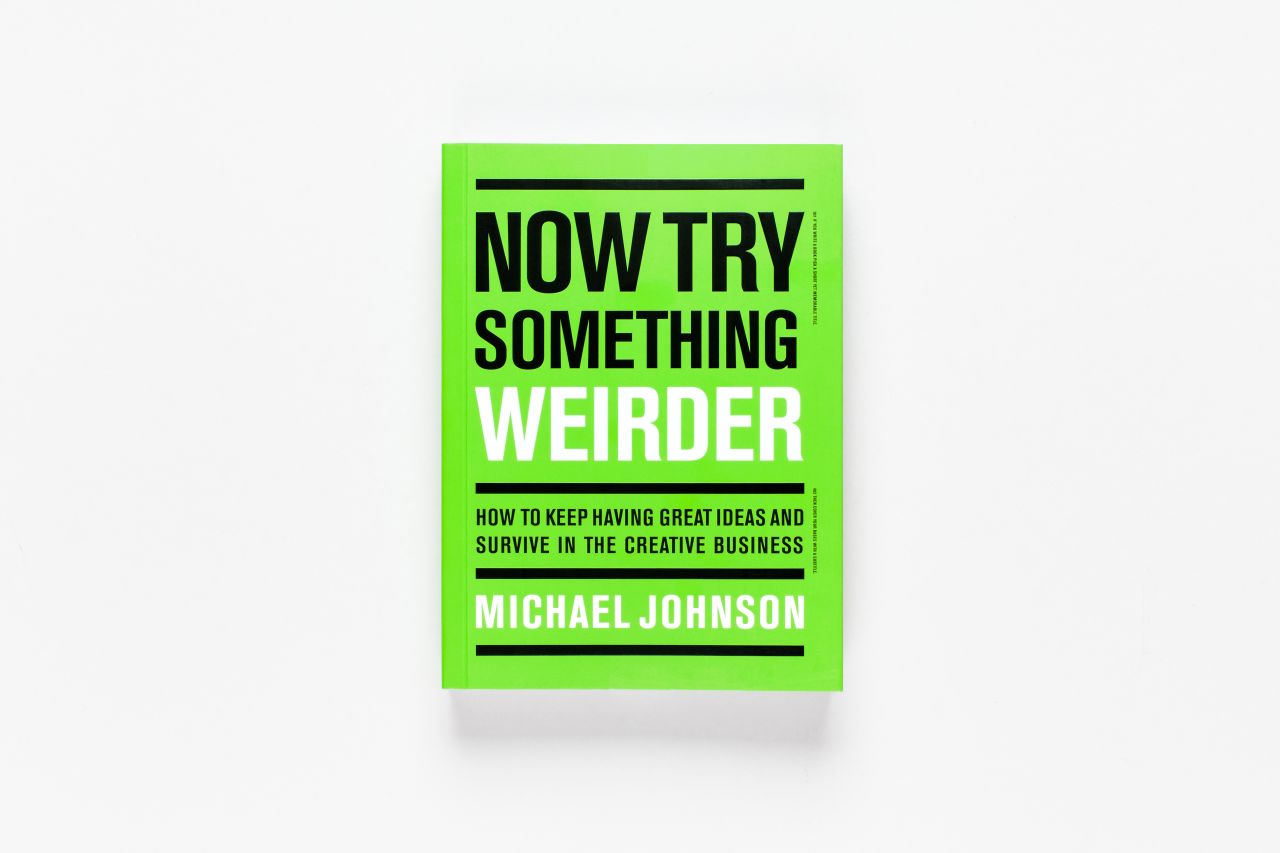
Michael Johnson, Now Try Something Weirder. All images courtesy of Laurence King
Publisher Laurence King has kindly provided some extracts from the legendary designer's book, which gathers 233 pieces of advice, hints and tips on navigating working in the creative industries.
Collaborate with your clients
I’m always astonished at the 'walls' creatives put up between themselves and their clients. Many clients are equally creative in their own way; they can just need drawing out. A client whose organisation lobbies to open up data to the public (for good, not bad) was so incensed by our clumsy attempts to write some 'narrative' that he stood up and scribbled these words. Pretty good, I thought, and used them:
A world where knowledge creates power for the many, not the few. A world where data frees us – to make informed choices about how we live, what we buy, and who gets our vote. A world where information and insights are accessible – and apparent – to everyone. This is the world we choose.
Stumbled on a big idea? You must demonstrate where it could go
There are hundreds of classrooms worldwide in which bored teenagers grapple with the idiosyncrasies of the English language. We had an idea to bring it to life by demystifying such topics as ‘comparative superlatives’ and ‘irregular plurals’.
To illustrate the breadth of the idea, we designed dozens of examples just for the first presentation – and eventually did many dozens more.
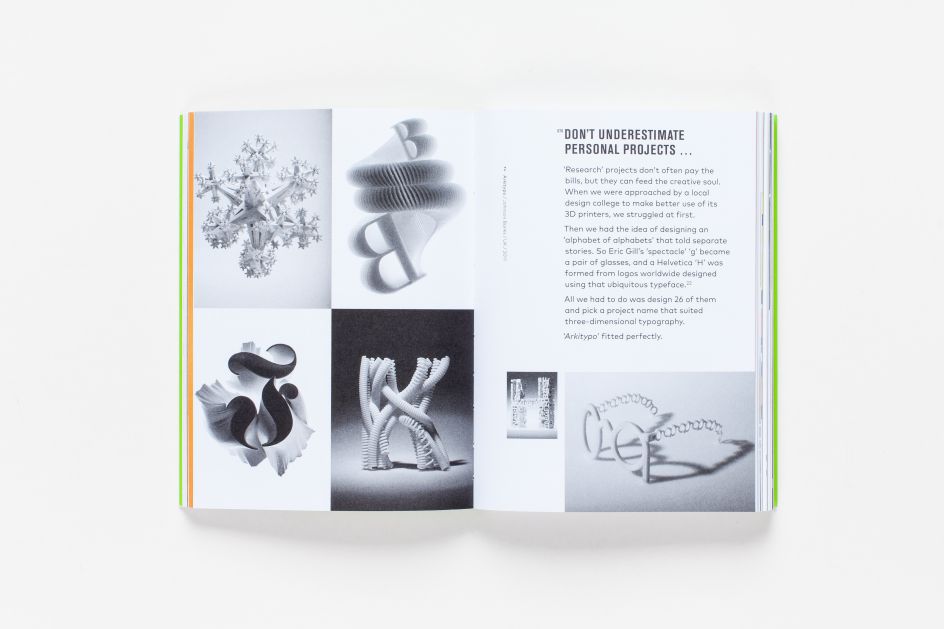
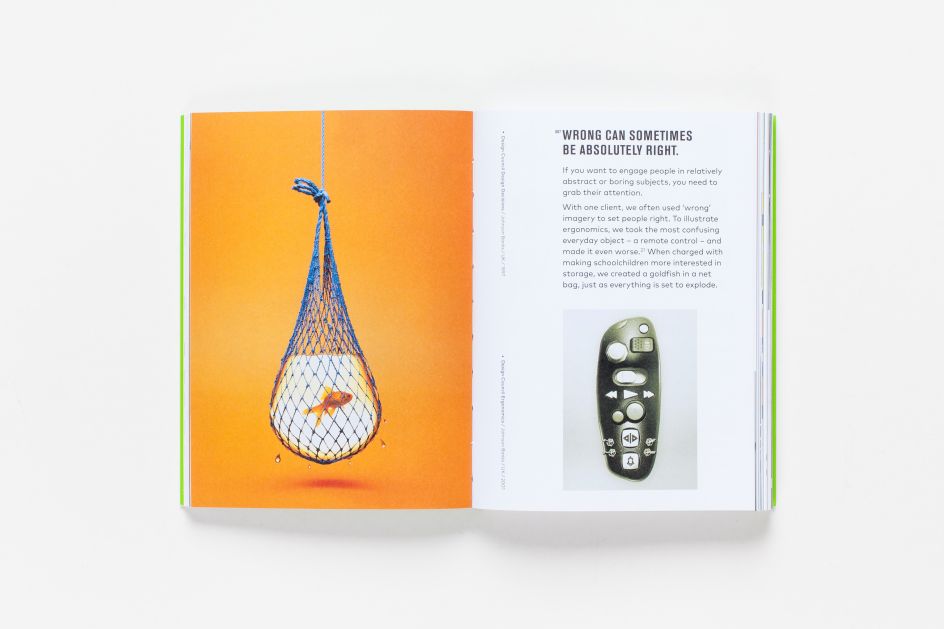
The Blue Duck
This is an old presentation trick, but it’s good.
It was started by an advertising agency that would produce carefully worked-out presentation concepts, but always include a blue duck somewhere in the visual. When it came to the feedback, clients would say: "We love it, apart from just one thing – can you take the duck out?"
The creatives would sigh a little, make a brief but lacklustre defence of their ultramarine mascot, then agree to the change – knowing that everything else was going through. And they used this trick for years.
It’s a simple bit of psychology, really, reflecting the human desire to meddle ever so slightly. The clients would feel they had made a crucial intervention, little knowing that they had been deceived into approving everything else.
Pitching design ideas for free just demeans you
If you were meeting an architect for the first time on your project, would you expect to see designs from them, even though they’d never met you? No. Would you expect your lawyer to do four days’ work for free?
Creativity is a profession – and a tough one, so start acting like a professional and don’t give your ideas away.
Pitching considered insights makes you seem smart
If we’re agreed that you shouldn’t pitch ideas for nothing, how do you persuade someone to use you? Part of it is portfolio and track record, so showing that you ‘get’ their sector or have risen to an analogous challenge is always a good start.
What most clients want to hear is that you’ve understood their problem – or at least tried. So research them. Think about the situation they’re in. Try to understand the market problems they face, or the ‘gap’ they might be considering entering (and if there’s a market in that gap). Take time to consider this, and you stand a much better chance of being appointed.

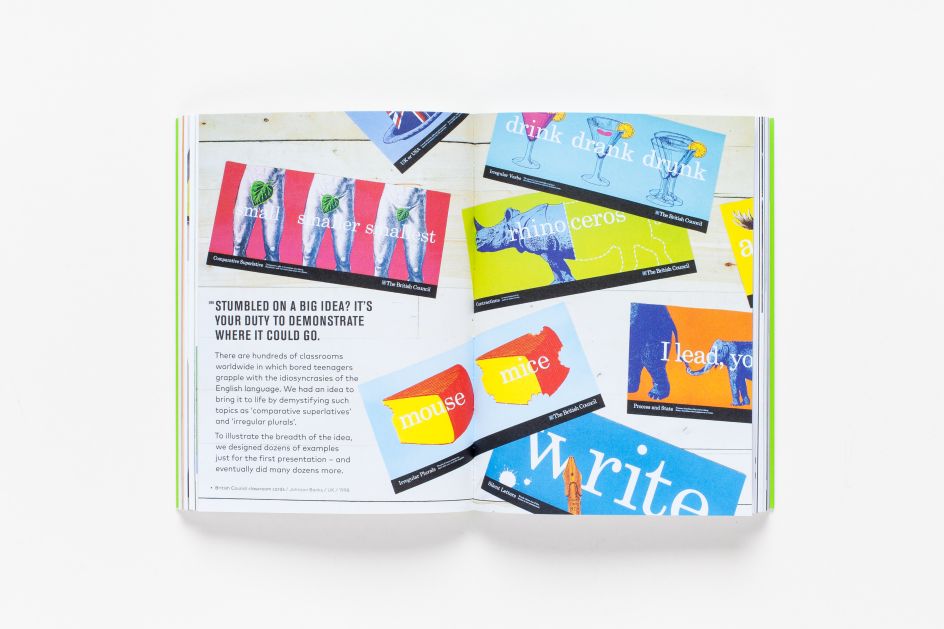
'Chemistry' meetings. They sound ridiculous, but they're useful
And they don’t have anything to do with sulphuric acid or litmus paper. But in a funny sort of way, a face-to-face meeting, even if it’s via video, can be fantastically useful to see if you can relate to and get on with the people concerned.
You may be about to spend a lot of time in meetings with these people. So be nice – but be honest. Don’t put on an act you can’t keep up. Let them see who you really are.
Helping others assess your ideas
It may be blindingly obvious to you that your idea will make a killer campaign, inspire genius posters or transfer amazingly into digital. Still, you must demonstrate this so that others can appreciate its potential. Applying an idea as widely as you can, will help it be better appreciated.
So: show how the T-shirt, report or website might look. They don’t have to be perfect, and no, they won’t run tomorrow. But they will help people to ‘see’ what you mean.
Michael Johnson’s new book, Now Try Something Weirder: How to Keep Having Great Ideas and Survive in the Creative Business, is published by Laurence King. Available at laurenceking.com, RRP £14.99.




 by Tüpokompanii](https://www.creativeboom.com/upload/articles/58/58684538770fb5b428dc1882f7a732f153500153_732.jpg)

 using <a href="https://www.ohnotype.co/fonts/obviously" target="_blank">Obviously</a> by Oh No Type Co., Art Director, Brand & Creative—Spotify](https://www.creativeboom.com/upload/articles/6e/6ed31eddc26fa563f213fc76d6993dab9231ffe4_732.jpg)








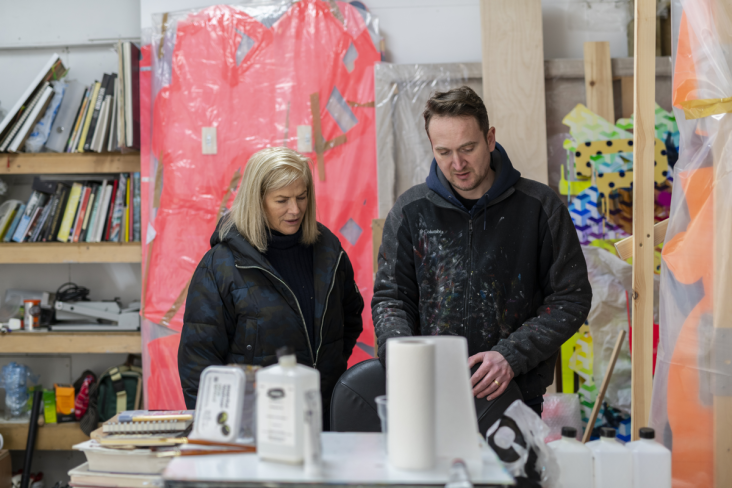



](https://www.creativeboom.com/upload/articles/00/00bcc2ba5785857a2395f52e25686ce4bfc2640e_732.jpeg)
